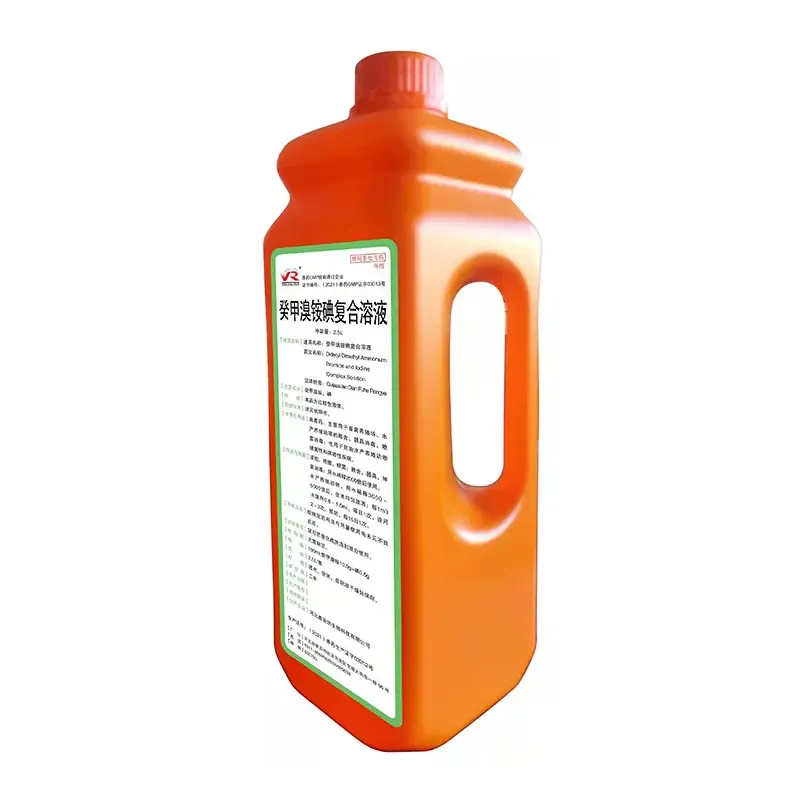- Afrikaans
- Albanian
- Amharic
- Arabic
- Armenian
- Azerbaijani
- Basque
- Belarusian
- Bengali
- Bosnian
- Bulgarian
- Catalan
- Cebuano
- Corsican
- Croatian
- Czech
- Danish
- Dutch
- English
- Esperanto
- Estonian
- Finnish
- French
- Frisian
- Galician
- Georgian
- German
- Greek
- Gujarati
- Haitian Creole
- hausa
- hawaiian
- Hebrew
- Hindi
- Miao
- Hungarian
- Icelandic
- igbo
- Indonesian
- irish
- Italian
- Japanese
- Javanese
- Kannada
- kazakh
- Khmer
- Rwandese
- Korean
- Kurdish
- Kyrgyz
- Lao
- Latin
- Latvian
- Lithuanian
- Luxembourgish
- Macedonian
- Malgashi
- Malay
- Malayalam
- Maltese
- Maori
- Marathi
- Mongolian
- Myanmar
- Nepali
- Norwegian
- Norwegian
- Occitan
- Pashto
- Persian
- Polish
- Portuguese
- Punjabi
- Romanian
- Russian
- Samoan
- Scottish Gaelic
- Serbian
- Sesotho
- Shona
- Sindhi
- Sinhala
- Slovak
- Slovenian
- Somali
- Spanish
- Sundanese
- Swahili
- Swedish
- Tagalog
- Tajik
- Tamil
- Tatar
- Telugu
- Thai
- Turkish
- Turkmen
- Ukrainian
- Urdu
- Uighur
- Uzbek
- Vietnamese
- Welsh
- Bantu
- Yiddish
- Yoruba
- Zulu
9 月 . 25, 2024 15:26 Back to list
oxytetracycline dosage for sheep
Oxytetracycline Dosage for Sheep Guidelines and Considerations
Oxytetracycline is a broad-spectrum antibiotic that is widely utilized in veterinary medicine, particularly in sheep farming. Its effectiveness against a variety of bacterial infections makes it a critical component in maintaining the health of sheep flocks. However, proper dosage and administration are crucial to ensure the safety of the animals and the quality of the meat and milk produced. This article aims to provide an overview of oxytetracycline dosage guidelines for sheep while addressing key considerations for its use.
Understanding Oxytetracycline
Oxytetracycline belongs to the tetracycline class of antibiotics and is effective against several gram-positive and gram-negative bacteria. It works by inhibiting bacterial protein synthesis, which halts the growth and reproduction of bacteria. In sheep, it is commonly used to treat respiratory infections, enteritis, and other bacterial infections. Its use has become a standard practice among sheep farmers to prevent and treat diseases, thereby improving overall flock health and productivity.
Dosage Guidelines
The dosage of oxytetracycline for sheep can vary based on factors such as the severity of the infection, the size of the sheep, and specific veterinary recommendations. Generally, the recommended dosage ranges from 10 to 20 mg per kilogram of body weight. Here’s a more detailed breakdown
oxytetracycline dosage for sheep

1. Initial Dosing For mild infections, a dosage of 10 mg/kg may suffice, while for more severe infections, doses closer to 20 mg/kg may be necessary. 2. Route of Administration Oxytetracycline can be administered intramuscularly, subcutaneously, or intravenously. The intramuscular route is commonly preferred due to its effectiveness and ease of administration. Remember to use proper techniques to minimize discomfort and avoid tissue damage. 3. Frequency of Administration Depending on the infection, the frequency can be 12-24 hours apart. It is essential to follow the veterinary recommendations to determine the duration of the treatment, typically ranging from 3 to 5 days. 4. Withdrawal Times It is critical to adhere to withdrawal times for meat and milk products after administering oxytetracycline. The typical withdrawal period for meat is around 28 days, and for milk, it usually ranges from 5 to 7 days. Farmers must strictly follow these guidelines to avoid negative impacts on food safety and marketability.
Risks and Considerations
While oxytetracycline is generally safe when used as directed, there are potential risks involved in its administration. Some key points to consider include
- Antibiotic Resistance Overuse or misuse of antibiotics can lead to the development of antibiotic-resistant bacteria. This phenomenon can have severe implications not only for sheep health but also for human health, necessitating judicious use of oxytetracycline in livestock. - Adverse Reactions Some sheep may experience adverse reactions to the drug, including gastrointestinal upset or allergic reactions. Monitoring sheep for any signs of distress or unusual behavior post-administration is essential. - Consultation with Veterinarians It is vital to consult with a veterinarian before administering oxytetracycline. A qualified professional can provide guidance on the appropriate dosage, administration method, and duration of treatment based on the specific health needs of the sheep.
Conclusion
In conclusion, oxytetracycline plays a pivotal role in managing bacterial infections in sheep. Adhering to proper dosage guidelines, including dosage amounts, administration routes, and withdrawal times, is crucial for the health of the flock and the safety of the food supply. Furthermore, veterinarians should be consulted to mitigate risks associated with antibiotic resistance and potential adverse effects. By following these practices, sheep farmers can effectively treat infections while promoting the welfare of their animals and safeguarding public health. Robust health management strategies coupled with responsible antibiotic use will ultimately lead to healthier sheep and more sustainable farming practices.
-
The Power of Radix Isatidis Extract for Your Health and Wellness
NewsOct.29,2024
-
Neomycin Sulfate Soluble Powder: A Versatile Solution for Pet Health
NewsOct.29,2024
-
Lincomycin Hydrochloride Soluble Powder – The Essential Solution
NewsOct.29,2024
-
Garamycin Gentamicin Sulfate for Effective Infection Control
NewsOct.29,2024
-
Doxycycline Hyclate Soluble Powder: Your Antibiotic Needs
NewsOct.29,2024
-
Tilmicosin Premix: The Ultimate Solution for Poultry Health
NewsOct.29,2024













